As a professional wildlife photographer I use telephotos extensively. Long lenses are the mainstay of my lens arsenal. I currently have the EF100-400mm F4.5-5.6L, the EF 300mm F2.8L IS, the EF500mm F4 IS and the EF800mm F5.6 IS. For many years I had I used the various versions of Canon’s 600mm F4 lens. I purchased the original EF600mm F4 not long after it was introduced and then I upgraded to the EF 600mm F4IS when it came out. I used this lens for many years and loved its performance but I was becoming increasingly unhappy with its weight and handing. I found myself reaching for the EF500mm F4 IS more often. In April of 2010 I had the chance to borrow the Canon EF800mm F5.6L IS for a month to use in the Images for Conservation Pro Tour Contest. In short I just fell in love with the lens. I was extremely impressed with the optics and handling. The 800mm was much lighter than my 600mm, better balanced, with faster AF and much more effective image stabilization.
The lens is optically superb. With an impressive optical formula, the lens really delivers the goods. When I returned home from the ICF contest I quickly sold my 600mm and purchased the 800mm. My thinking was that it would be a great lens for birds (which it is) and for wildlife, such as the grizzlies and wolves, that I often photograph in Yellowstone National Park. Current regulations don’t allow you to photograph these subjects at reasonably close range. so my thought was, the more focal length the better.
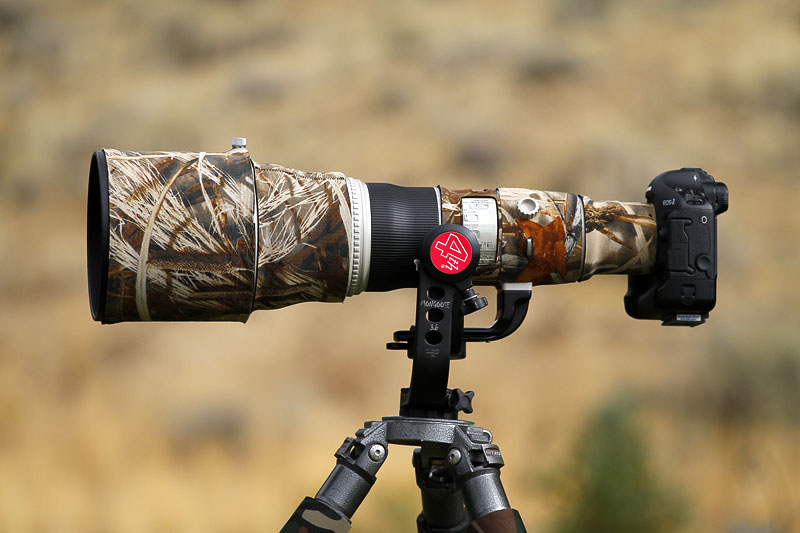
Unfortunately no lens, no matter how good, can overcome the difficulties presented by photographing your subject at long distance. The main problem is the optical degradation caused by the atmosphere itself (heat waves). In the past, I would become frustrated when viewing the images taken of wildlife 100-3oo yds from the camera, with my 600mm. This was even vore of problem when using teleconverters. I could just not achieve sharp images on a consistent basis. Yet with the same combo, photographing a subject 30′ away, the results were excellent.
Here’s a full frame image of a sparrow photographed at a distance of about 30′ with the 800mm F5.6L.
Here’s a 100% crop of the above image. Notice the excellent detail and sharpness of the image. Obviously the 800mm is capable of superb results.
This image was captured in Yellowstone National Park this past spring. This is a typical photo distance required by the parks regulations. I’m guessing the distance was about 150 yards. This was taken on a relatively cool day. It’s a rare day to have atmospheric conditions that allow sharp images of distant subjects.
Here is a 100% crop of the image. Notice nothing is really sharp and it’s not a focus issue. Under these conditions and subject distance you just cannot achieve a sharp image. Carl Zeiss himself couldn’t build a lens to overcome these problems. There is just no substitute for proximity to your subject for achieving excellent optical quality. That makes things quite difficult for wildlife photography in today’s climate of hyper-regulation on public lands.
Yes, I’m still very happy with the Canon 800mm F5.6L. It has no direct competition in the marketplace. I don’t regret the purchase one bit. It’s fantastic for bird phootgraphy and I’ve found the 800mm to be an excellent lens for photographing from my vehicle, which I use as a roving blind in good wildlife habitat. With a whole line of new Canon telephoto lenses just becoming available I may have to reevaluate my telephoto lens lineup. That may be the topic of an upcoming blog post.
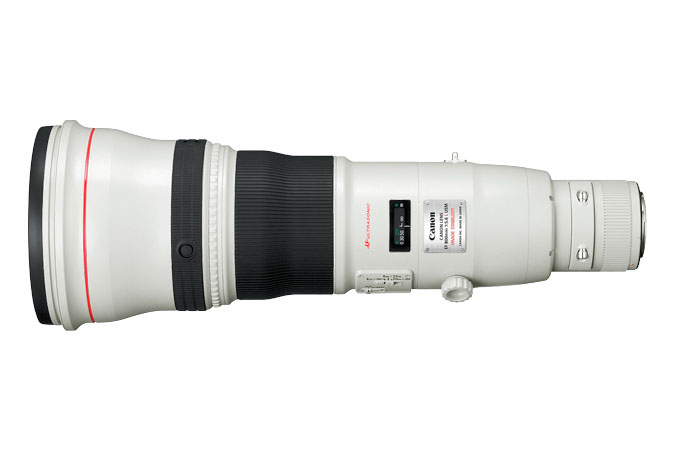
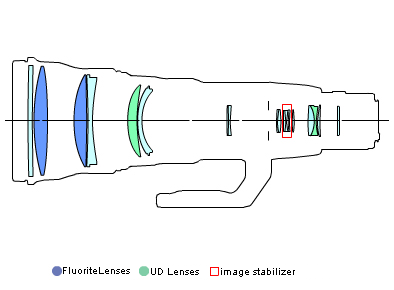
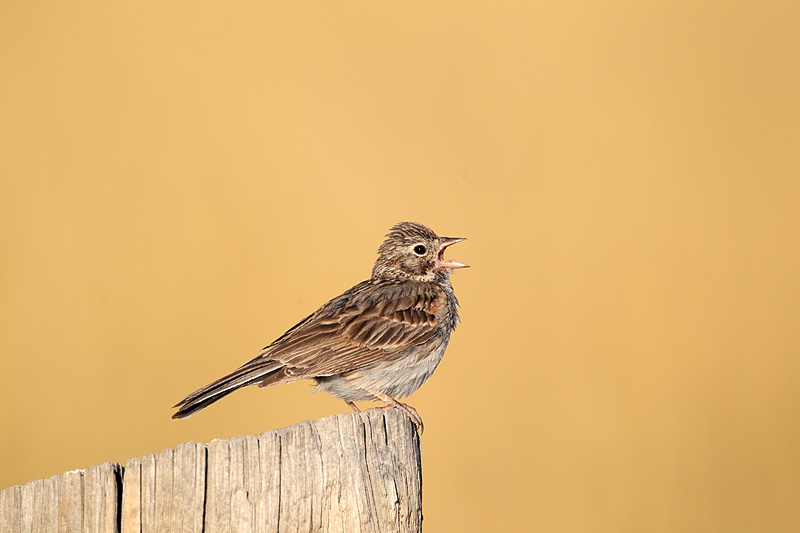
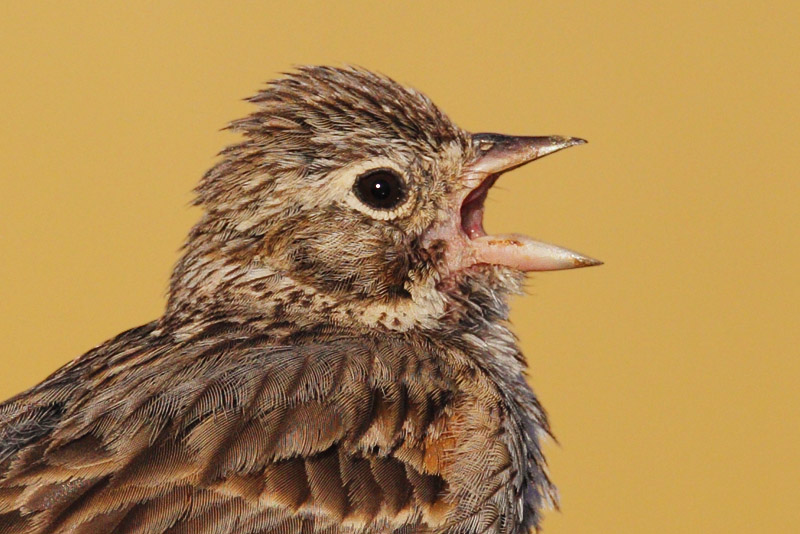
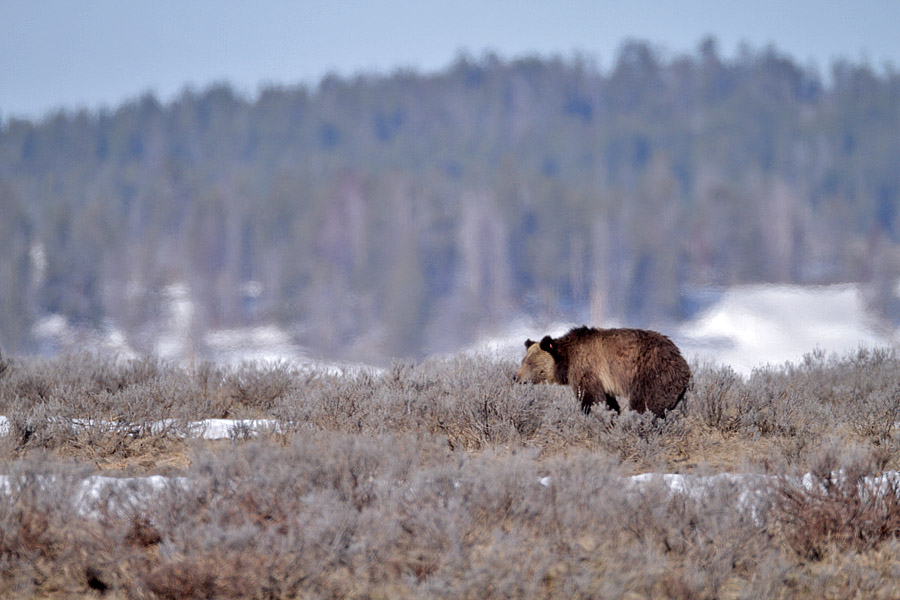
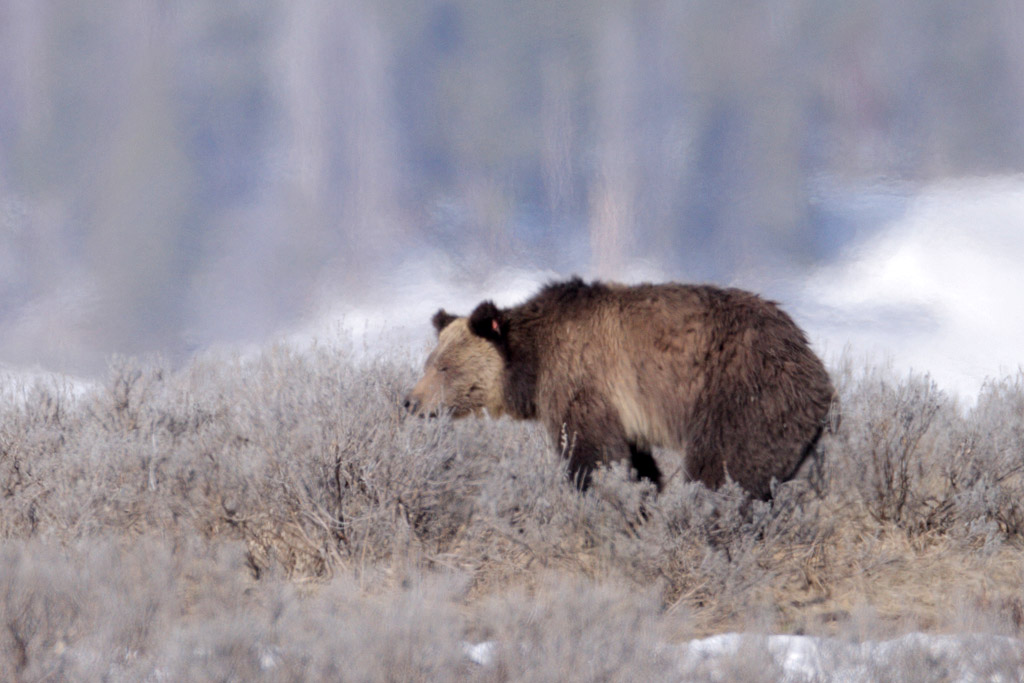
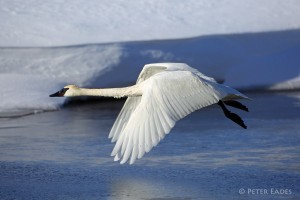
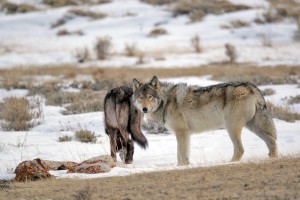
fabsforns
17 Oct 2011Very interesting evaluation that makes a lot of sense. I sold my 600/4 because of weight and size concerns too, but will probably not get the 800/5.6, an overkill for Florida in most cases and probably too big for traveling around.
Thanks for the review.
D. Robert Franz
17 Oct 2011For you Fabs I agree.. For me I’m concerned about the increasing difficullty of photographing in our national parks and am begining to explore areas outside the parks for wildlife photography. I may need to focal length…..
John Chardine
17 Oct 2011Hi Robert- Totally agree with the assessment, although I have never used the 800. My 500/4 was occasionally prone to “air” shimmer and as you say there’s nothing you can do about it except get closer, but then the 800 may become a liability.
D. Robert Franz
17 Oct 2011Hi John
I don’t want to make it seem that the heat shimmer issue is a deal breaker with the 800mm, far from it. It’s just something to be aware of. You know the same problem occurs with 500mm and 600mm lenses especially when using teleconverters,. Again there is no substitute for proximatey to your subject…
Steve Dennett
17 Oct 2011I own the 800mm and have found it amplifies heat haze more than my 500mm to the point that sometimes I am better off shooting with a shorter lens and cropping.
D. Robert Franz
17 Oct 2011I know what you mean Steve….. Sometines I realize it’s just not going to work and search for a better opp…….
Ofer Levy
17 Oct 2011Thanks for the excellent information Robert. I am going to get my 800 f5.6 tomorrow!!! (-:
After using the Canon 600 f4 for a year I have realised that the x1.4 converter never came off this lens so I might as well get the 800mm. I try to get as close as possible to my subject so up to 25 meters I think I should be OK with the atmospheric issues in most days.
D. Robert Franz
17 Oct 2011How exciting Offer…. Congrats on your purchase… I know you won’t regret it. Don’t worry to much about atmospheric issues. Just be aware of it. I really don’t have many problems unless the subject is more than 100 meters on sunny days…..
larry
17 Oct 2011I Have both the 500mm and the 800mm also! The 800 is amazing! I will sell my 500mm and get the new one when available because of the low weight.or even as fast as the naked 800mm. I shoot mostly in Florida and the 800mm is the ultimate in focal length and speed of focus. I can’t see the new 600mm with the new 1.4x being any faster. I hope I’m wrong but until then its the measure by which long teles are measured.
D. Robert Franz
17 Oct 2011Larry,
You have fine taste in lens selection…..I’ve pretty well decided to hold on to the 800mm. The new 600mm sounds like it will be a great lens but I’m pretty sure it won’t out perform a naked 800mm in AF speed and optical performance. Having a 500mm F4 means it’s really not an either or situation for me. My biggest decision is what to do with my 300mm F2.8 and 500mm. With Canons new offerings including the 200-400mm coming it will take some thought. All I know is I’m not willing to take a big financial hit.
Arthur Morris
19 Oct 2011I have been using my 800 f/5.6L with great success since it was released. As I rarely use it to create images of really distant subjects heat shimmer has not been a problem for me. I love the lens and the images.
D. Robert Franz
19 Oct 2011Hey Artie,
Thanks for stoppping by…..
Steve Cirone
26 Oct 2011I find my 800mm to be the most entertaining lens in my collection. I so enjoy looking at the marvelous critter detail on my computer screen and fishing through the Sibley Guide to identify what I found. The 800mm sharpness is amazing, even at very slow shutter speeds which are enabled with the new IS.
Not having to fumble with tc’s, not getting dust in the rig, its relatively light weight. A real winner for me. AND a good investment as I am sure I could sell it for more than I paid as I got it at the $10,750 point.
I kept my 500mm f 4 two years after I got the 800mm. Recently sold the 500 after not using it once
since the 800 arrived. Sold the 500 for what I paid after 8 years of heavy use.
D. Robert Franz
27 Oct 2011Hi Steve,
Yes I’ve found the optics, the IS, the balance and handlling of the 800mm to be extraordinary…. I’ve captured razor sharp images handeld down to 1/60th of a second. Sometimes I miss the extra stop of light my 600mm F4 provided but nothing else. I even paid a little less than you did so I’m very glad I purchased it then. I still use both my 500mm and 300mm but maay consider the new 200-400mm when Canon finally releases it.
canonvideocamera
6 Mar 2012Found good piece of information
here, Thank you for sharing
this helpful post it is very
interesting and read worthy…
liked your way of writing, you
break it down nicely. Keeps this informative post coming! Much
appreciated! Thanks have a
great day I hope u can visit my site here 😀